The Paducah Wall to Wall mural program began in 1996. Robert Dafford, Louisiana mural artist, and his team have painted more than 50 murals on the floodwalls along the Ohio River. The project was completed in 2008.
The murals depict the history of Paducah and are really quite beautiful. We spent some time reading the interpretive signs and enjoying the art work of each panel. Here are some (of the 50) that we really liked.
This is a view of Broadway, Paducah's Main Street, in the 1940s.
Catastrophic floods have occurred in 1884, 1913, and 1937 (when 90% of Paducah was covered in flood water). The 12.5 mile flood wall was subsequently built to protect the city.
The last steamer of Illinois Central Railroad last operated in 1960, after 190 years. The railroad had a large locomotive workshop in Paducah.
This mural is a tribute to Alben W. Barkley (1877-1956) 35th Vice President of the United States under Harry Truman from 1946 to 1953.
The founder of Paducah, General William Clark (of Lewis & Clark fame) designated an area for public affairs that became the town's trading enter. The original "Market" was built in 1836 on this location. The present building was completed in 1905 and is Paducah's cultural center today.
These two panels are a tribute to the Paleo and Archiac Indians who lived in this area 13,000 years ago near the end of the last Ice Age. The river can be seen through the doorway.
A dry dock facility for steamboats and tow boats was the first heavy industry in Paducah and has been in continuous operation since.
Mussels were found in abundance at the bottom of the Ohio and Tennessee Rivers resulting in the creation of the "pearl" button business. Mussels were harvested and cooked for meat removal. The McKee Button Company was established in Paducah in 1920 and was the largest producer of fresh water buttons in the world by 1928.
Paducah Marine Supply and Service (1945 to 1975) was one of the first floating boat stores on the inland waterways of the US. Today, almost all boat supplies are delivered midstream.
This panel commemorates the celebration on July 2, 1996, of the Delta Queen, Mississippi Queen, and American Queen steamboats docked at the Port of Paducah.
In 1950 the US Atomic Energy Commission approved construction of the Paducah Gaseous Diffusion Plant causing the local population to double as the construction workforce arrived. The plant was operational by 1951 and retail sales in Paducah more than doubled by 1953. Today is is the nation's only uranium enrichment facility.
The Carnegie Public Library, built with a $35,000 grant from Andrew Carnegie, opened in 1904.
Union labor played an important role in Paducah's history, including the building of the floodwalls where the murals can be seen. One of the oldest Labor Day parades is held here and is commemorated with this mural.
Below is a view of the floodwall where the murals have been painted.
The murals were completed in 2008 and are maintained annually now by muralist, Herb Roe. One additional mural was added (2010) to commemorate the 100th anniversary of Paducah's Boy Scout Troop 1.
The Illinois Central Railroad Company donated this steam locomotive engine to the city of Paducah in 1963. A mail rail car and caboose are included in the exhibit.
We walked down to the river where our sweet doggy, Sadie, enjoyed a swim in the Ohio River (as it was a very hot and humid day!)
I loved the colors of this moth (or is it a butterfly?) on these flowers.
Carriage rides are available around the historic district of Paducah. Twenty blocks of the district have been on the National Register of Historic Places.
We walked around several blocks enjoying the storefronts of shops, cafes, courtyards, and the Market building. In 1827, William Clark purchased 37,000 acres (including this area) for $5!
If you visit Paducah, the Floodwall Murals provide a wonderful, visual synopsis of the history.of the area.
Website: www.paducahwalltowall.com
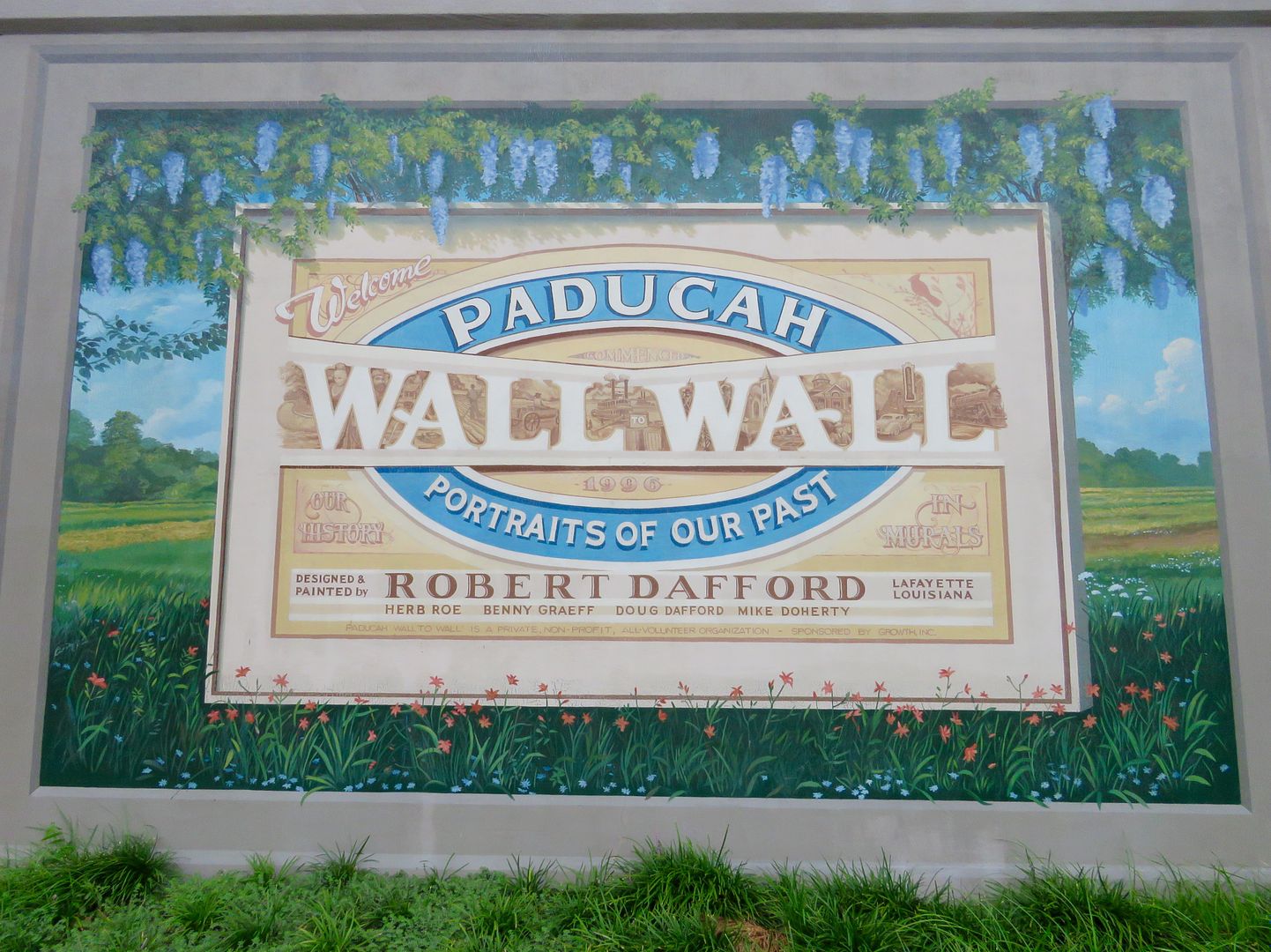


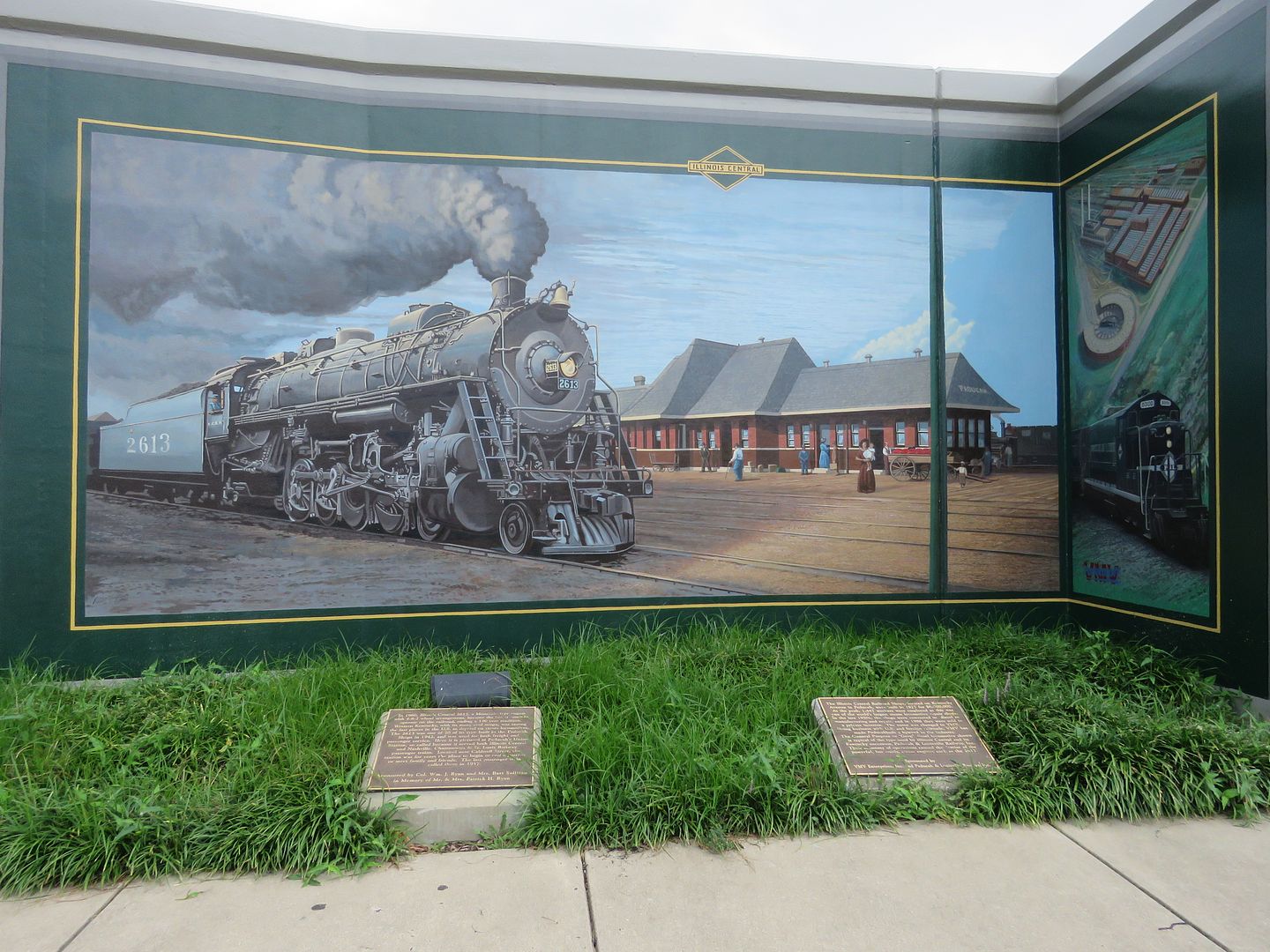
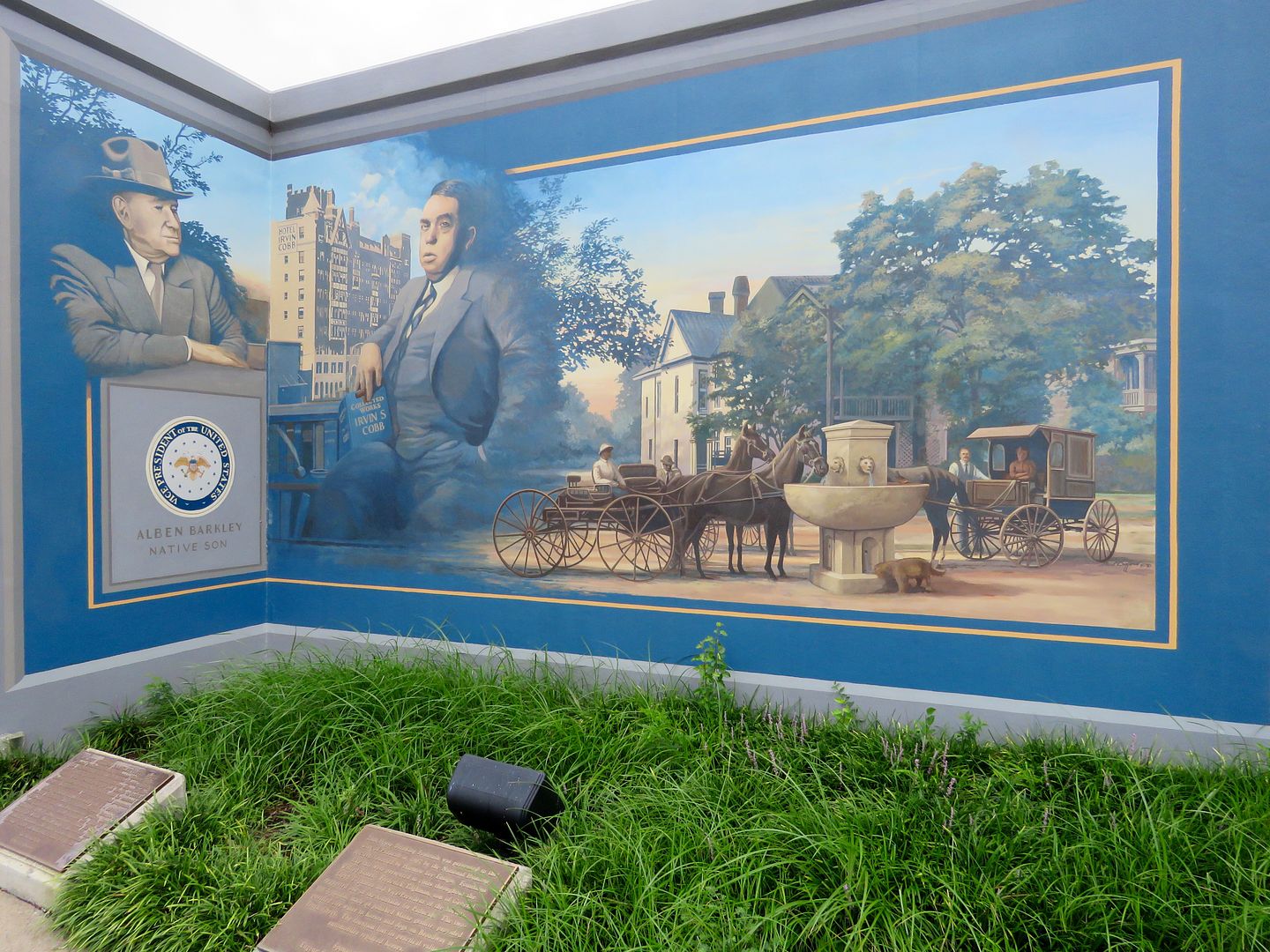
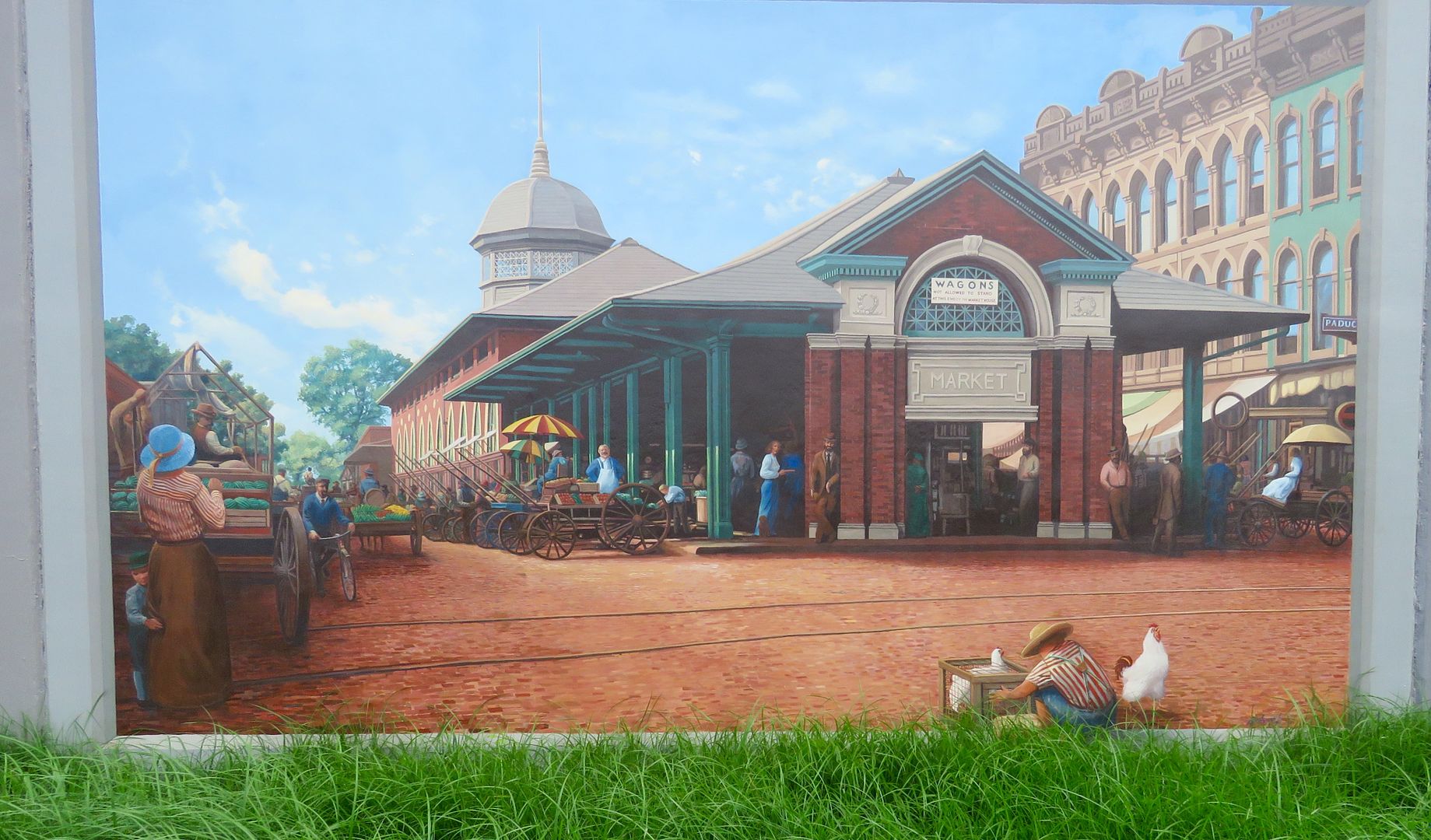
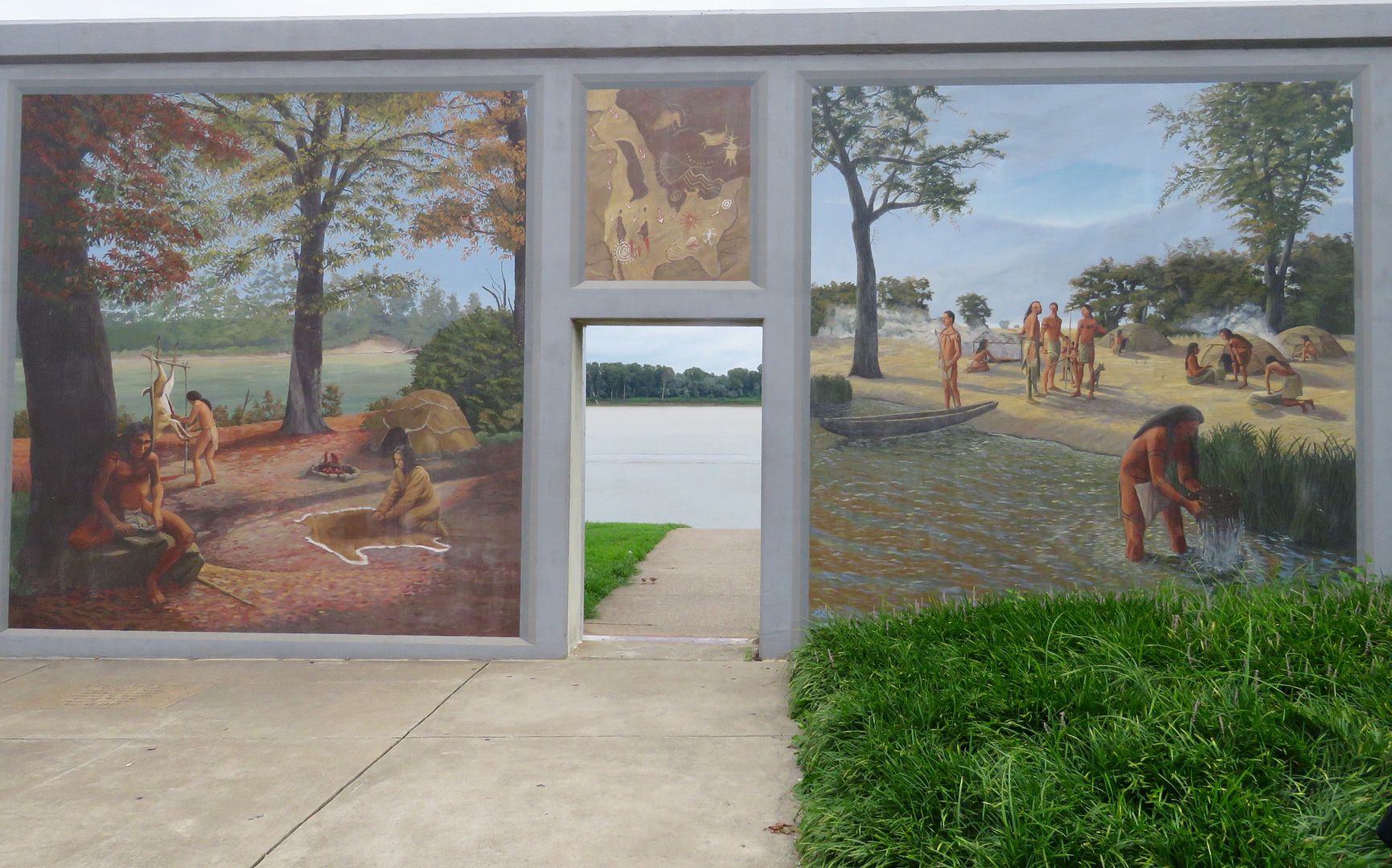

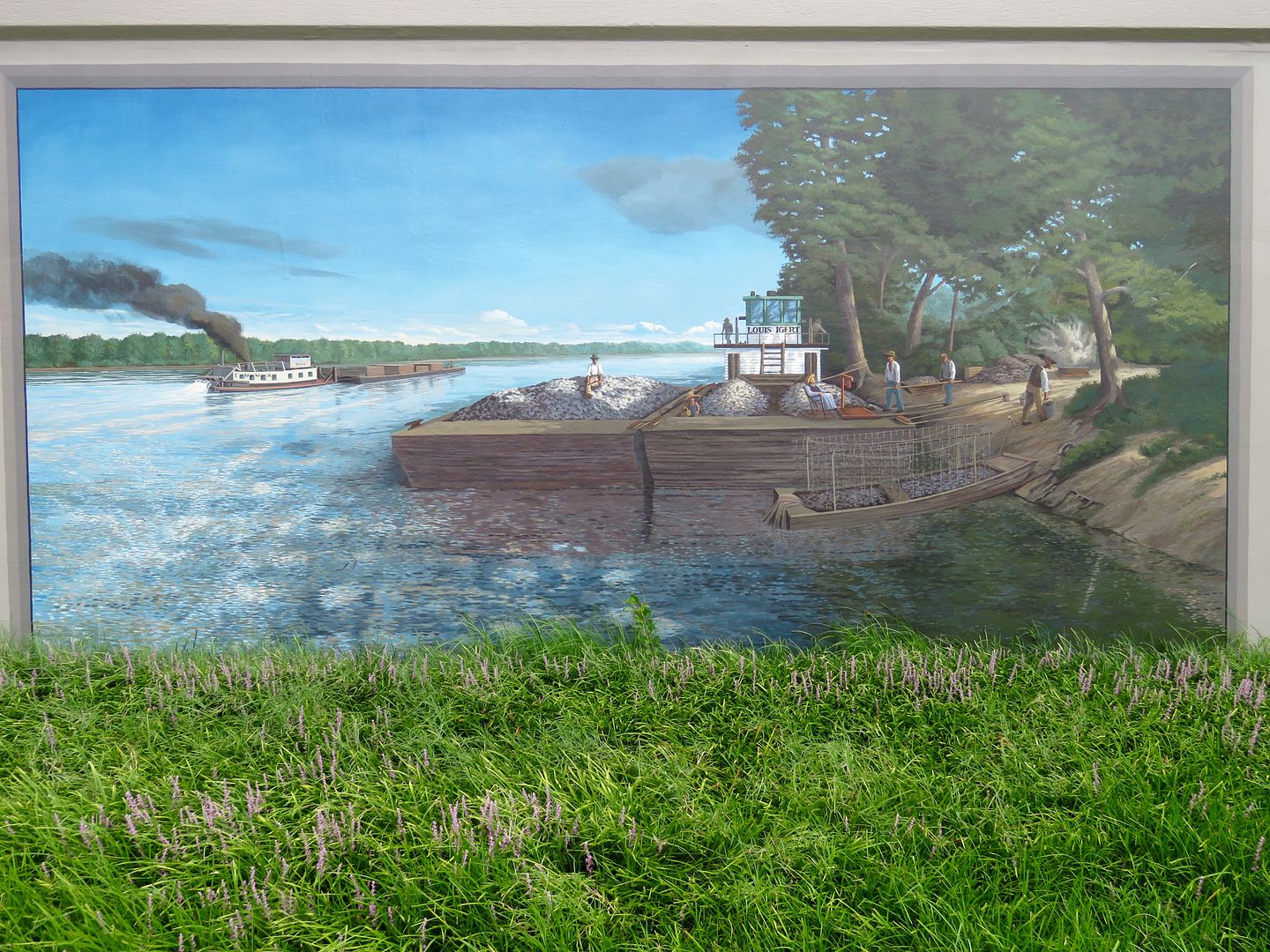
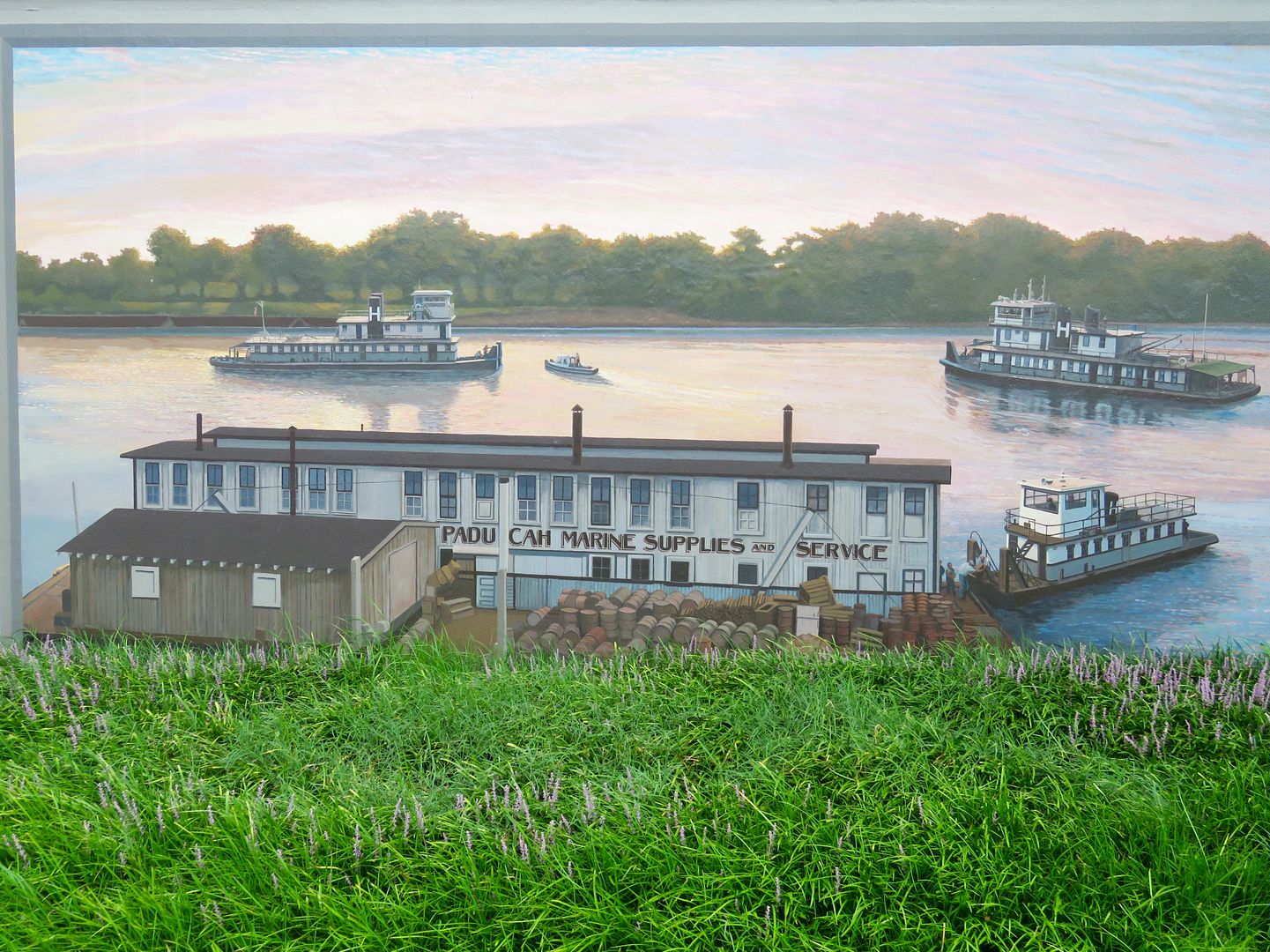
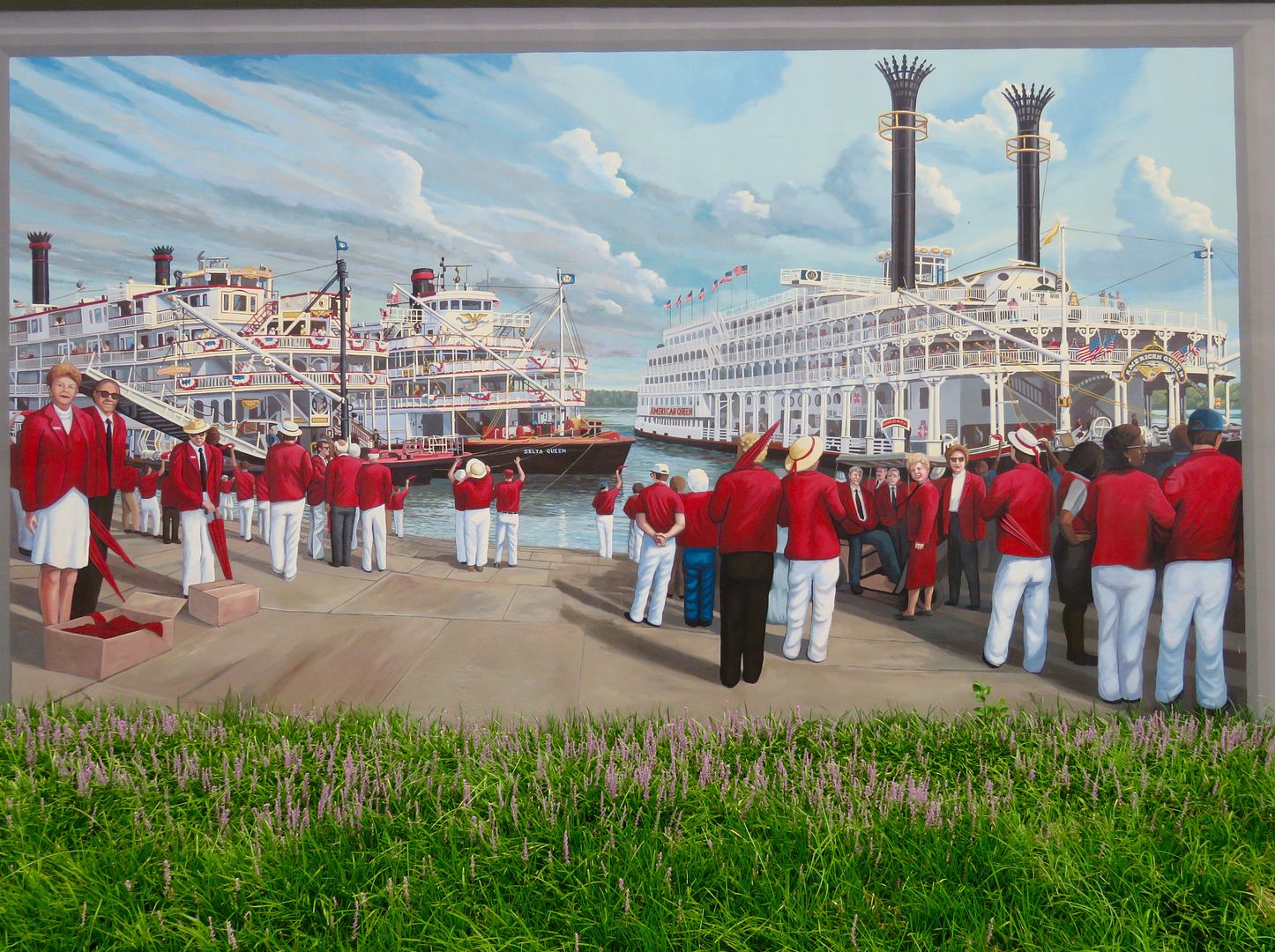
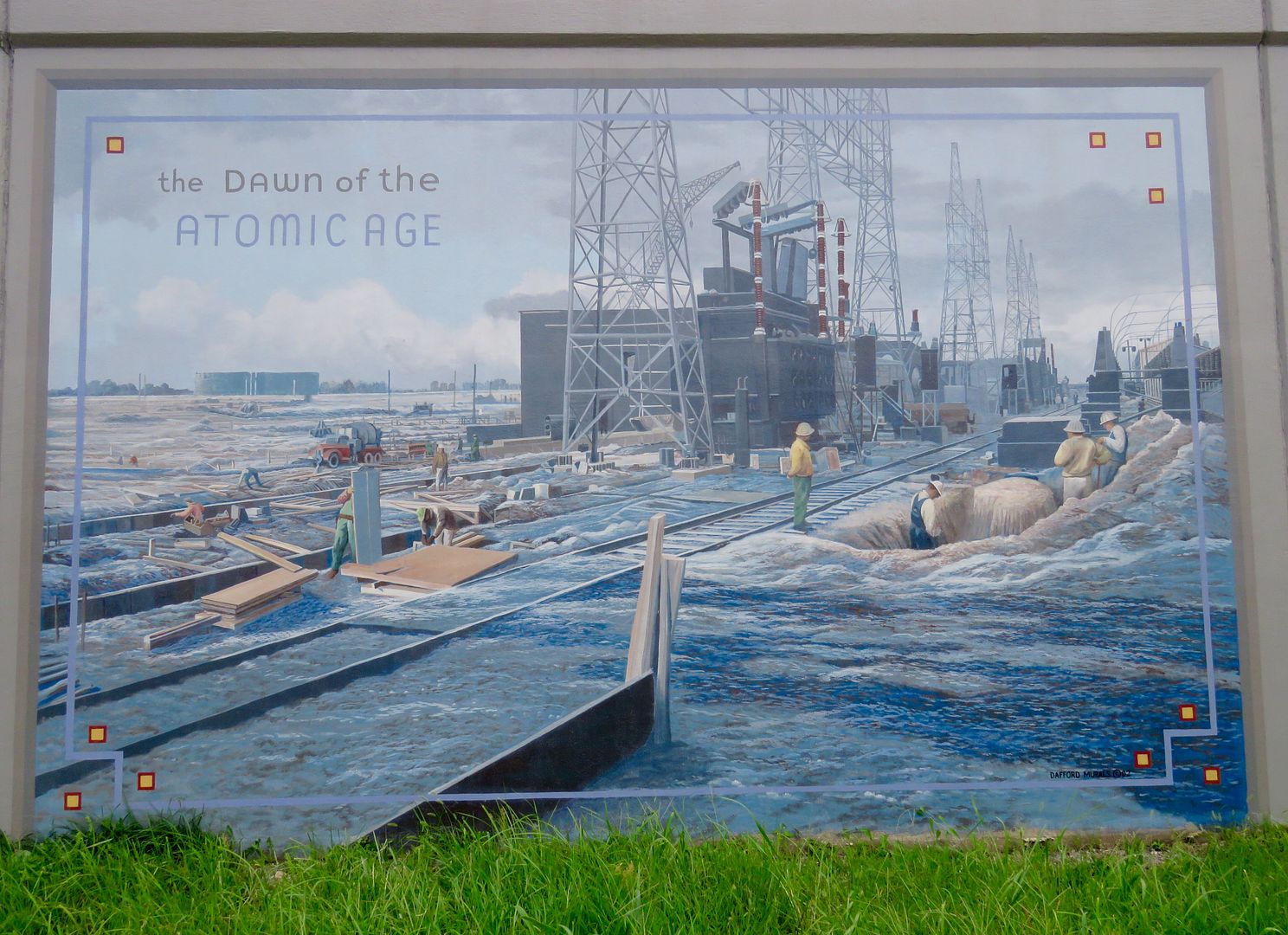
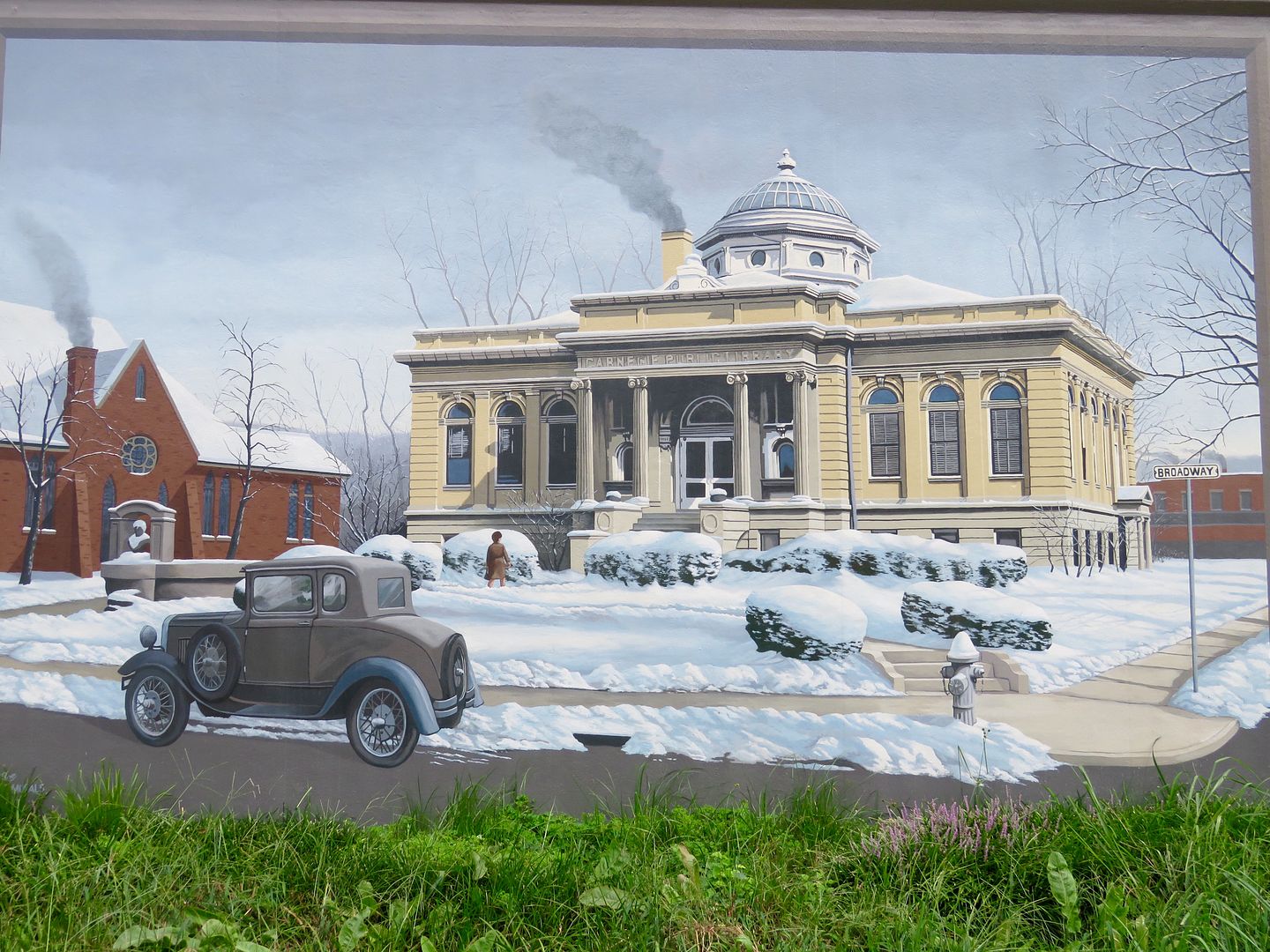

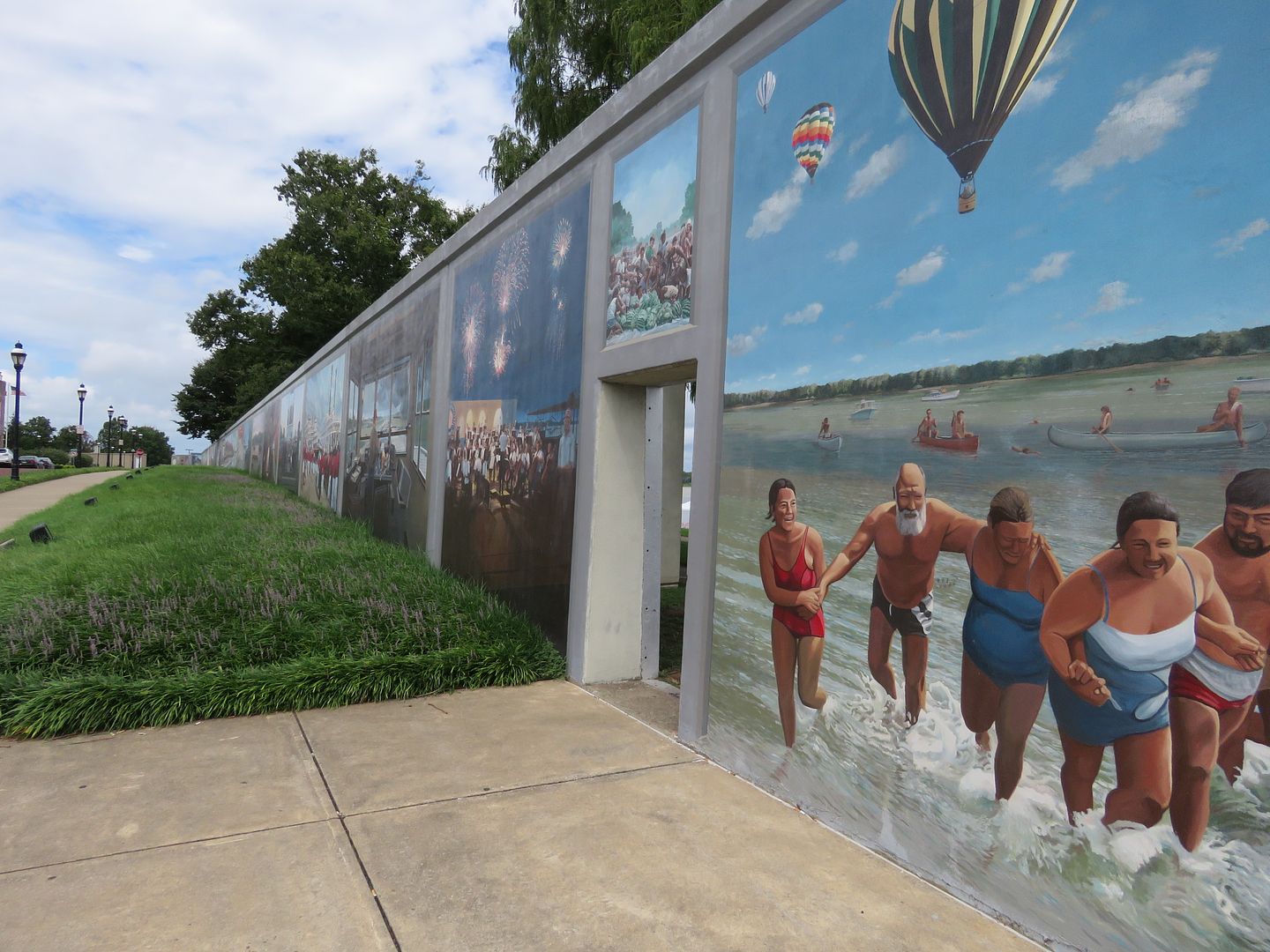

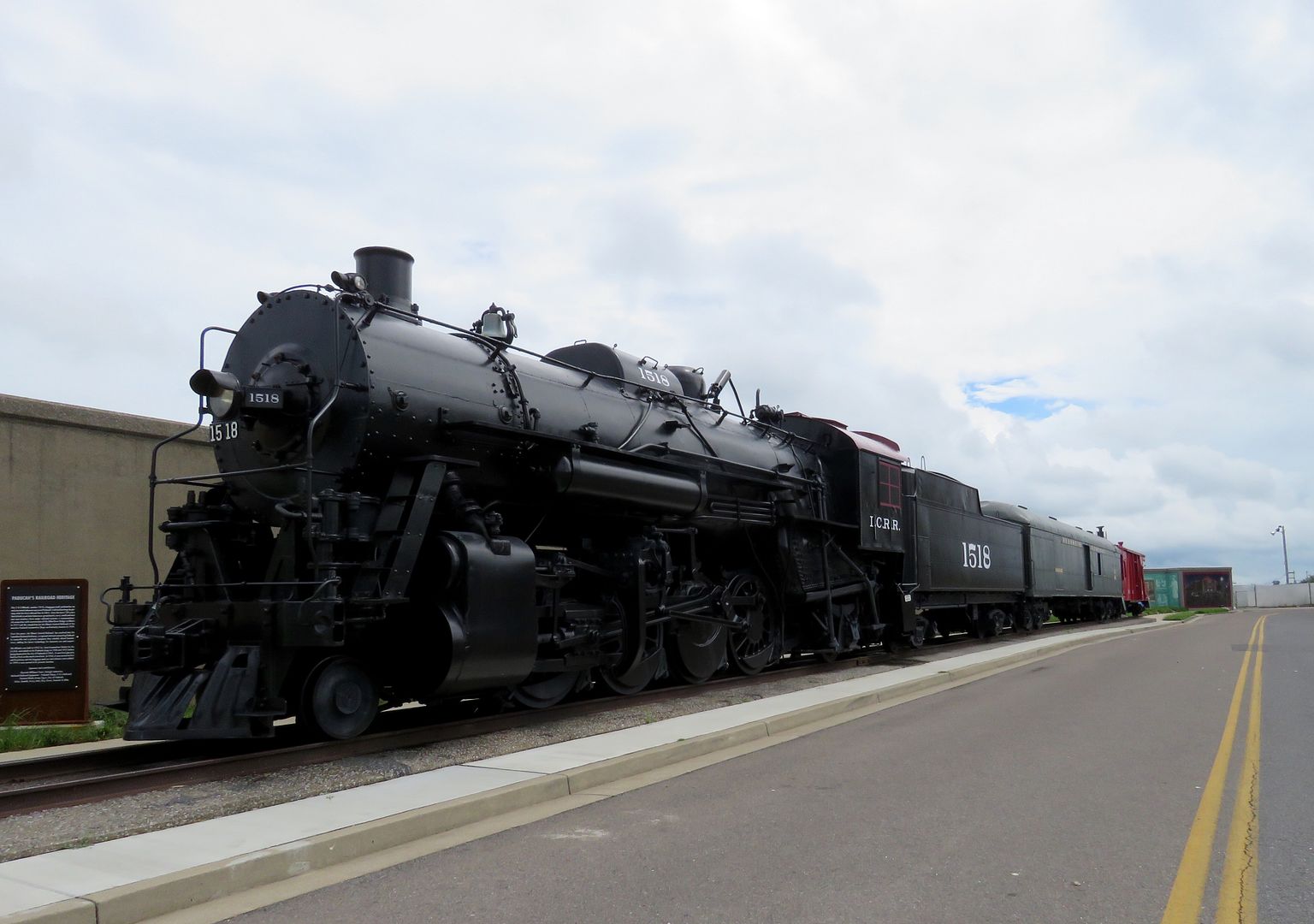

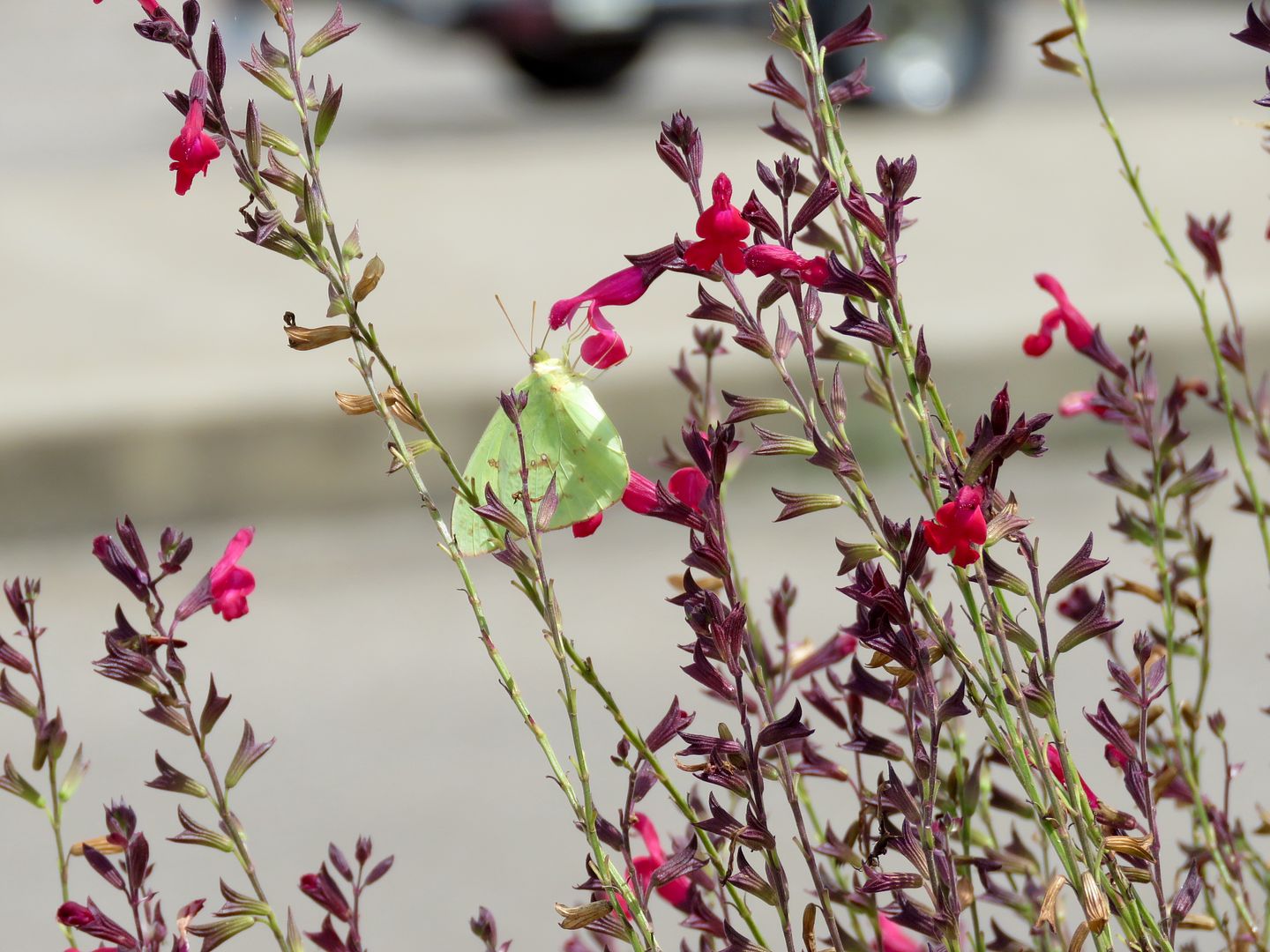
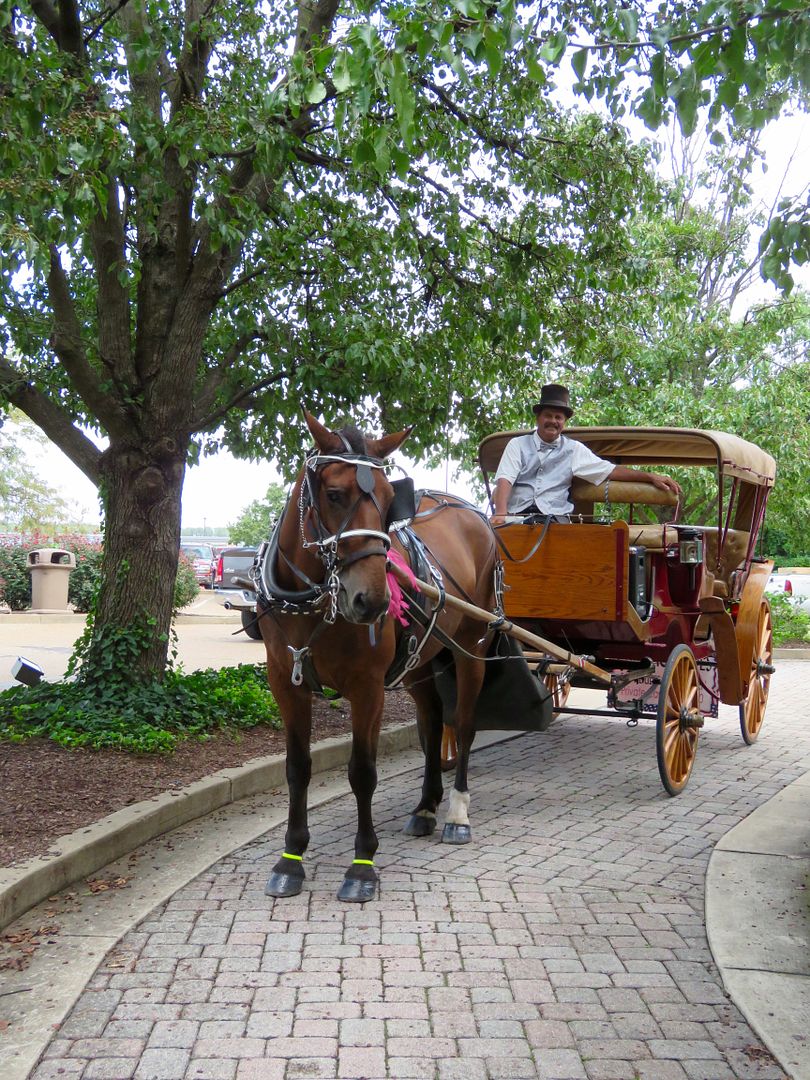
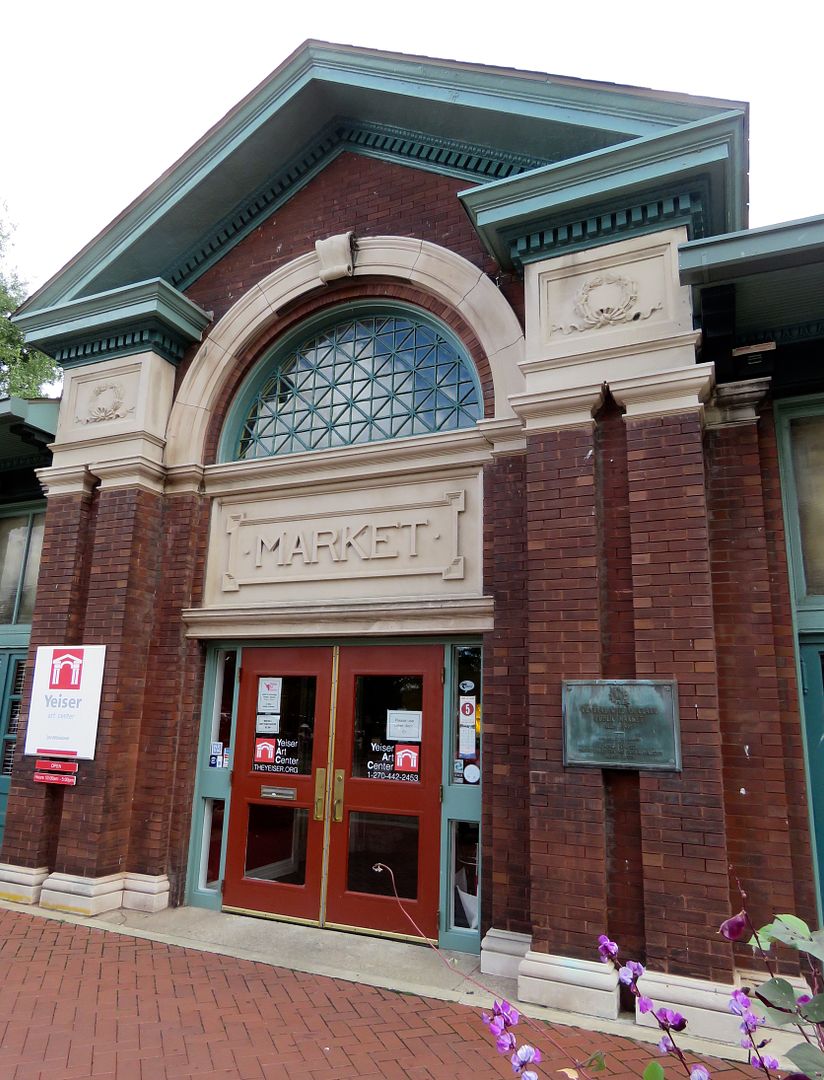


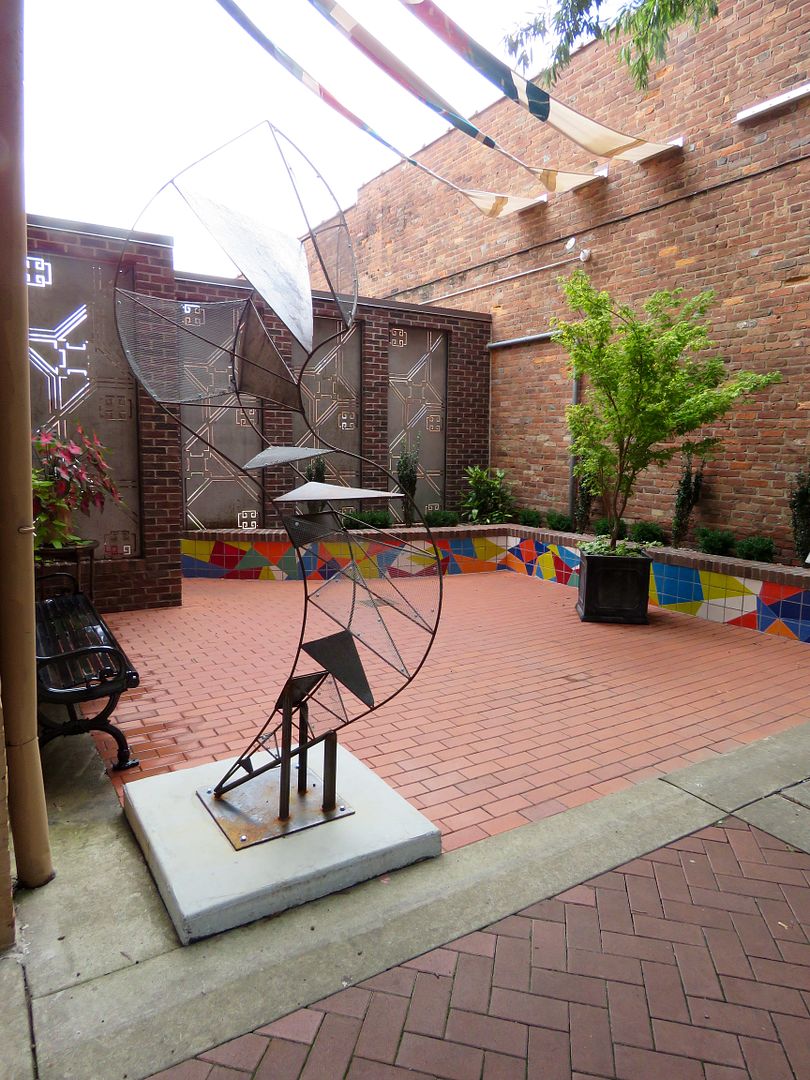
No comments:
Post a Comment